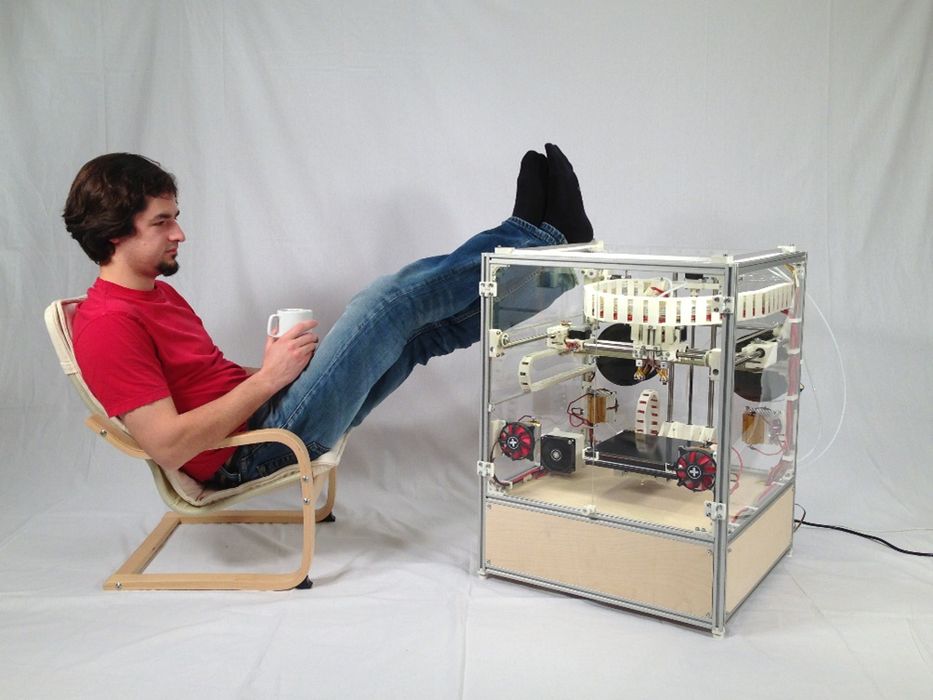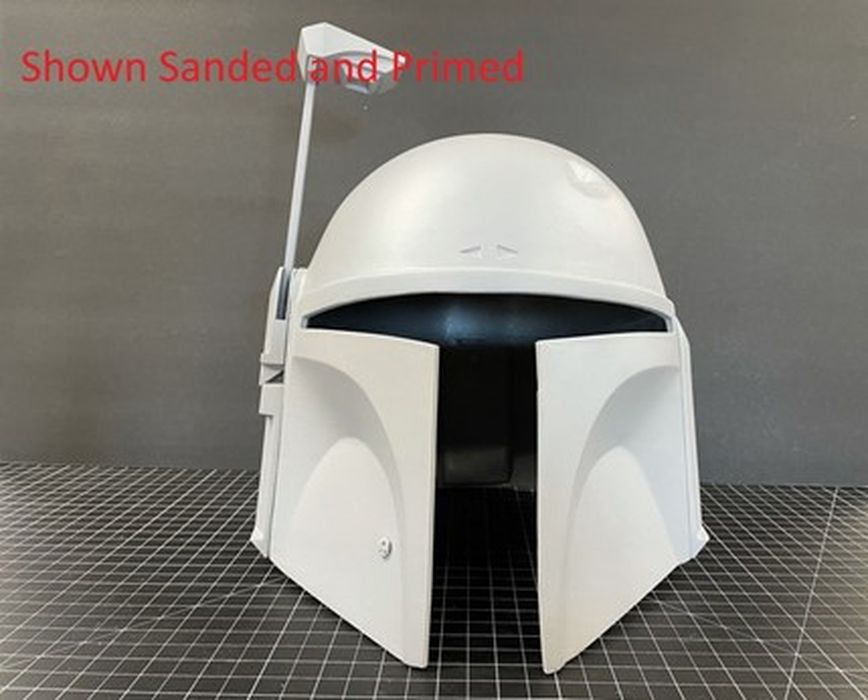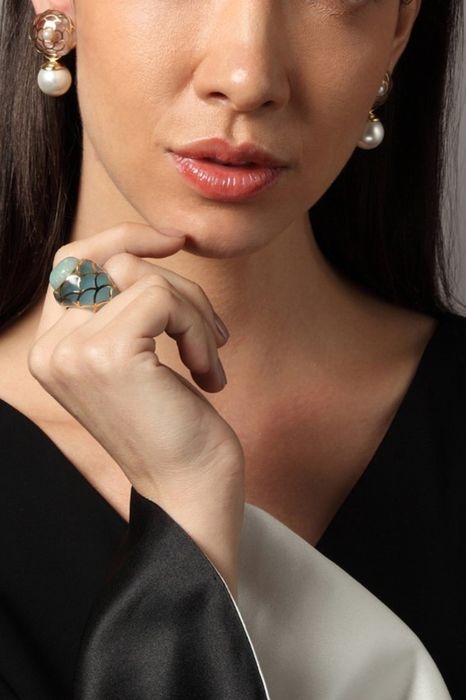
Charles R. Goulding and Preeti Sulibhavi look at the relevance of DIY 3D printing projects.
It was nice to see national press covering Do-It-Yourself (DIY) 3D printing. On September 11, 2021, the Wall Street Journal published an article that covered various DIY 3D printing projects and the article did an excellent job of explaining how 3D printing can be useful. Some benefits of 3D printers include the fact that they often occupy less space than traditional equipment for similar purposes with the ability to fabricate unique products, personal items as well as commercialized products.
Some examples of items that can be fabricated efficiently and cost-effectively using 3D printers include, but are not limited to toys, including LEGOS, jewelry, tooling, and much more.
There were several useful and creative applications of 3D printing that were mentioned. For example, Fall has arrived and with it comes Halloween. Costumes, decorations, and props are excellent items to use a 3D printer to create. There is a plethora of sites now dedicated to 3D printing applications. Even some mainstream sites are providing 3D printed products. Examples of Halloween-related items are below.


Jewelry is another category that is compatible with 3D printing. Some elite jewelry brands are embracing the trend as well. For instance, we had previously written about Cartier involvement with 3D printing, and the elegant results. We also have covered recent trends in animal-inspired jewelry as well as traditional Indian jewelry and 3D printing applications.


Another industry that a DIY 3D printing project could touch upon is the toy or gaming industry. Lego has been leading the way with 3D printing for some time now. Not only are Legos great for 3D print fabrication, but their example becomes the inspiration for other toy manufacturers.
It is important that DIY 3D print projects become more available and more relevant. Not only to provide useful products and personal items, but also to inspire the next generation of students interested in engineering. DIY 3D printer projects that involve children can help provide life-long insight into the technology that is driving manufacturing now and in the future. It also can stimulate involvement in STEM. We have written about STEM involvement in a past article published in Thomson Reuters.
The Research & Development Tax Credit
The now permanent Research and Development (R&D) Tax Credit is available for companies developing new or improved products, processes and/or software.
3D printing can help boost a company’s R&D Tax Credits. Wages for technical employees creating, testing and revising 3D printed prototypes can be included as a percentage of eligible time spent for the R&D Tax Credit. Similarly, when used as a method of improving a process, time spent integrating 3D printing hardware and software counts as an eligible activity. Lastly, when used for modeling and preproduction, the costs of filaments consumed during the development process may also be recovered.
Whether it is used for creating and testing prototypes or for final production, 3D printing is a great indicator that R&D Credit eligible activities are taking place. Companies implementing this technology at any point should consider taking advantage of R&D Tax Credits.
Conclusion
The applications that 3D printing has in a variety of markets are astounding. The relevance and effects 3D printing has on various industries are remarkable, especially the focus on STEM and motivating young students to become involved in engineering. DIY 3D printing develops skills and can fabricate many useful items. DIY 3D printing is a win-win for both the end-product as well as the end-user.
